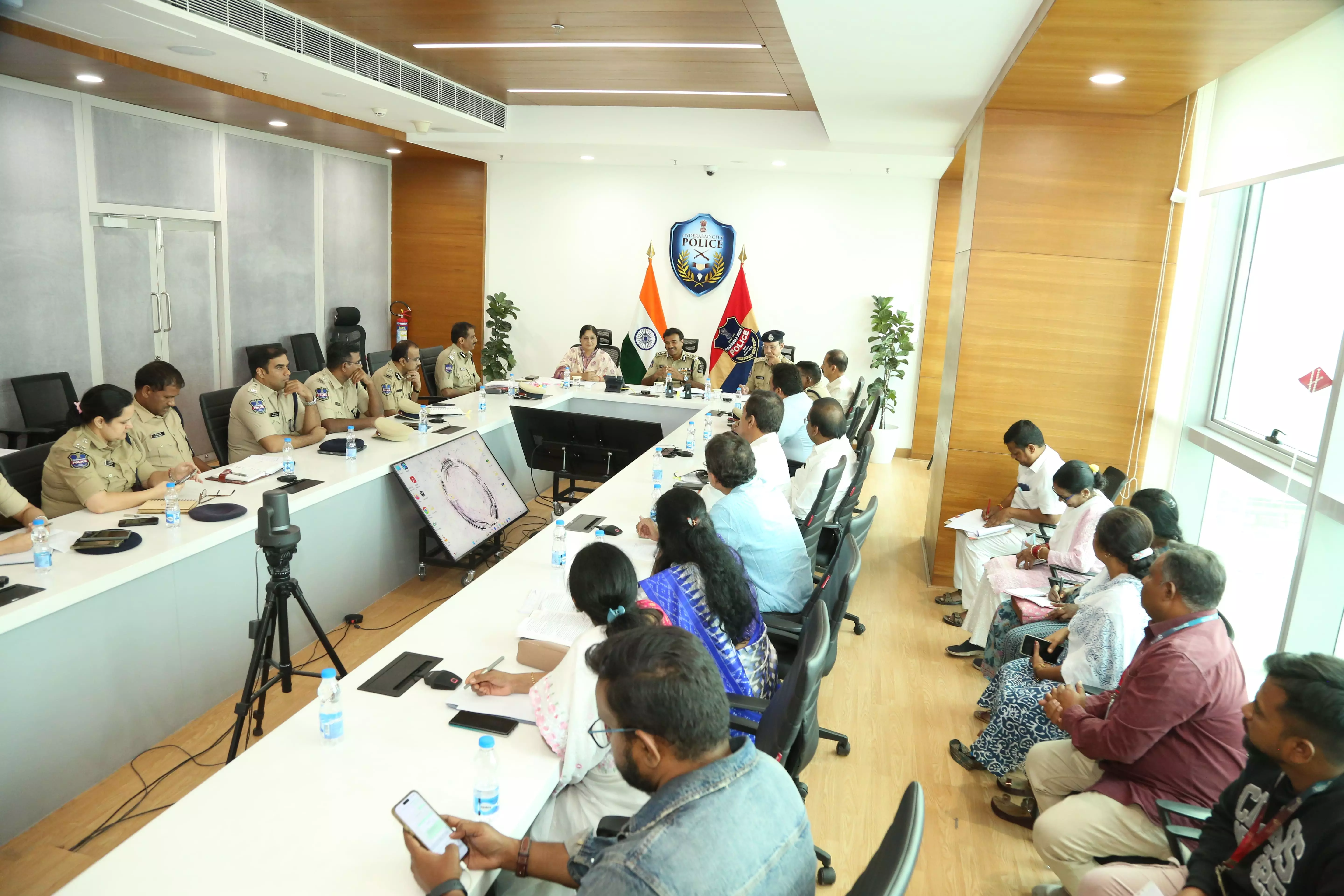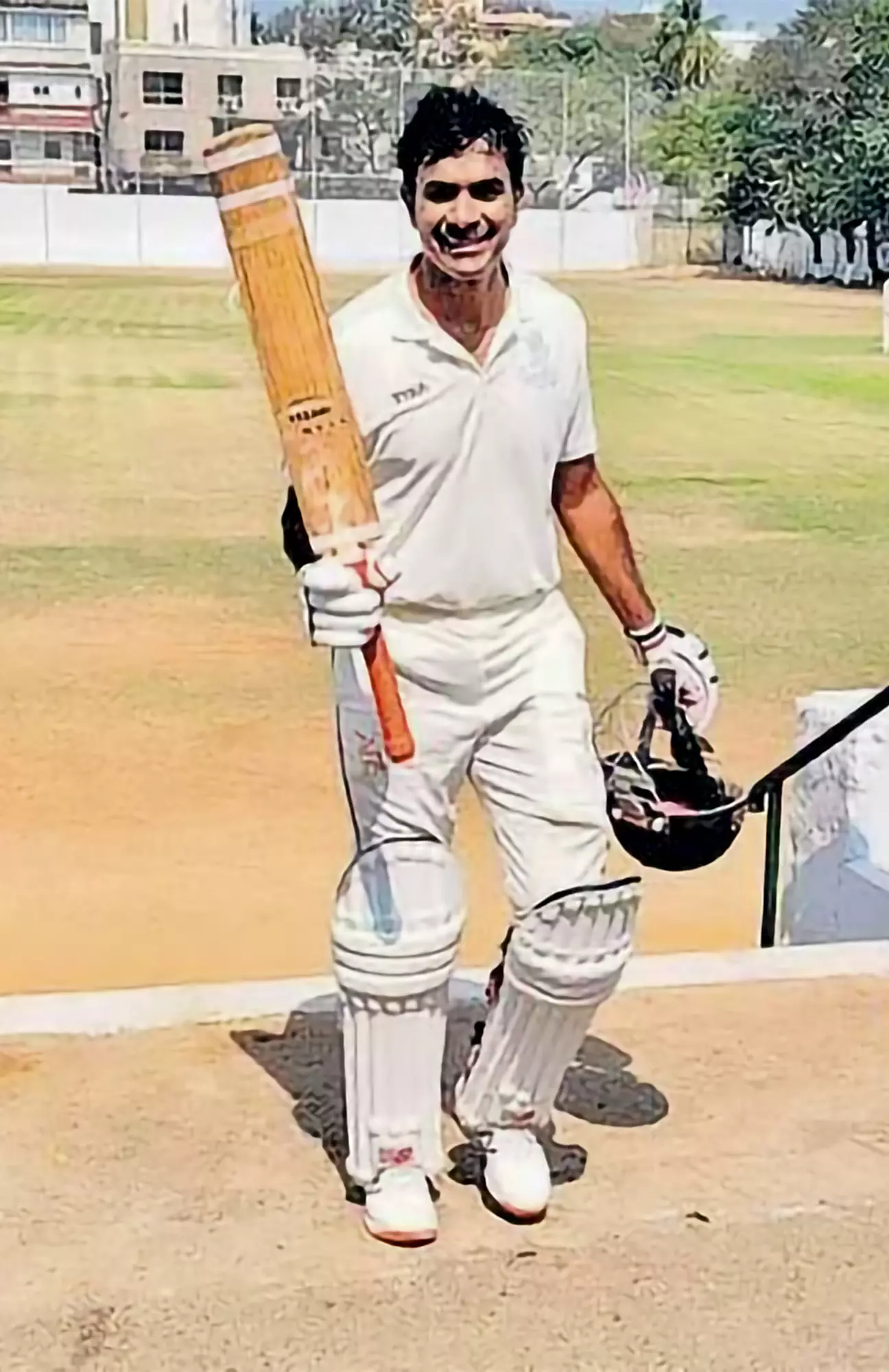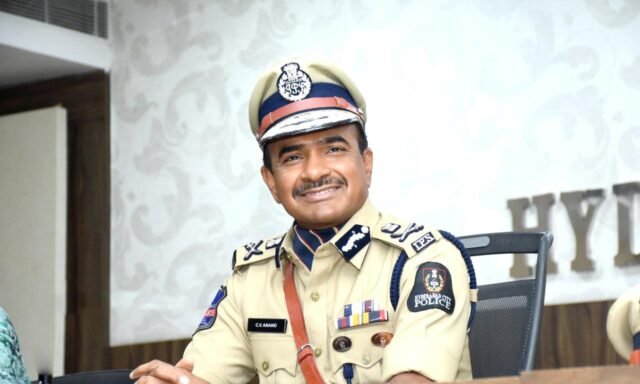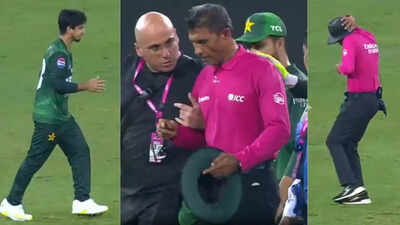In an exclusive interview with Deccan Chronicle, C.V. Anand, Commissioner of Police—Hyderabad, talks about the efficiency of Hyderabad police in maintaining law and order situation in the city.
What has changed for Hyderabad after you have taken charge?
Hyderabad has become much more peaceful since I took charge. General feedback suggests that criminals are under control, rowdyism is under control, and night policing has been strengthened significantly.
In metropolitan policing, it’s essential to dominate the night, as that’s when criminals and rowdies try to come out. Our excellent night round system, with a night supervisory officer of DCP rank, Night Zonal Officers (NZOs), and night round officers, ensures our blue code motorcycles and patrol cars are at full strength and functioning throughout the night. If a night has gone peacefully in a big metropolitan city like Hyderabad would mean that the police has worked very hard.
We check response times, ensuring officers reach within five to seven minutes. Our efforts have led to a 30-40% decrease in crime statistics over six months. All officers are sensitised and working towards maintaining perfect law and order.
You started your career years ago. How has policing operations changed over the years?
Policing operations have undergone significant changes over the past 33 years. Initially, it was all about physical movement and gathering evidence. For instance, recovering clues from a crime scene was crucial. Now, with advancements in technology, we have tools like CDR analysis and CCTVs, which have improved our ability to identify offenders.
When I joined Cyberabad in 2013, there were around 1,400 snatchings in the first year. However, within three years, we utilised facial recognition technology to identify and catch offenders coming from places like UP and Rajasthan. The introduction of CCTVs and technical analysis of evidence, such as tower locations, has also enhanced our capabilities.
While technology has aided policing, criminals have also become smarter, trying to evade detection by not carrying cell phones and avoiding CCTVs. It’s a constant cat-and-mouse game, where we strive to keep pace with offenders and anticipate their moves to take preventive measures.
Could you tell us about the strategy adopted to deal with cybercrimes, especially digital arrest.
Cybercrime has evolved significantly, with innovative methods like digital arrest. Initially, cybercriminals used phishing and fake IDs, but now they employ sophisticated tactics.
In digital arrest, cybercriminals pose as officers, using researched personal details to deceive victims. They wear uniforms, produce fake court orders, and even impersonate the Chief Justice of India. Victims are manipulated into transferring money, with some losing substantial amounts.
We have identified 38 types of cybercrimes, often facilitated by the banking system. We have met with the RBI to address this issue, particularly the opening of fake accounts and mule accounts.
Cybercriminals are often highly intelligent and educated, but claim they resort to cybercrime due to lack of employment opportunities. They find it an attractive option as it’s a contactless crime, requiring minimal effort and risk.
What are the steps being taken to increase conviction rate especially in POCSO cases?
The Women Safety Wing is doing an excellent job to increase conviction rates, especially in POCSO cases. Bharosa centers have been set up, providing a unique concept where the entire process, including court proceedings, happens in one place. This streamlined process has led to several life convictions, with 28 cases last year.
How is technology being used in daily policing?
Technology has been a game-changer for the police department, especially in Telangana. We are known nationally for using the latest software, toolkits, and instruments. There’s a culture of embracing technology, from CCTV cameras to the Integrated Command Control Center (ICCC) with a war room.
We use advanced tools and software in forensic science, cybercrime, and crime detection. We can trace offenders who think they have hidden themselves behind masked IPs and untraceable calls. We also leverage technology in traffic management, with ANPR cameras and automatic e-challan systems. Technology plays a crucial role in crime detection, traffic management, and policing in Hyderabad and Telangana.
How do you rate Hyderabad in terms of law and order compared to other cities?
Hyderabad is considered one of the safest cities in India, with citizens feeling secure, especially women. The Telangana Police, Hyderabad Police, and other law enforcement agencies have implemented various measures to maintain law and order, such as efficient patrolling systems, responsive emergency services like Dial 100 and Dial 112, and specialised teams like SHE teams and Bharosa centers focused on women’s safety, which is a high priority.
The city’s safety record is reflected in the fact that people, including girls and boys, can move around freely, even late at night, without feeling insecure. Crimes keep happening here and there, but the way, the speed at which they are detected, that is something you, puts a lot of deterrence into criminals.

What’s the average response time for a grievance call?
Our average response time for a grievance call is between 6-7 minutes at night and 10-12 minutes during the day. Our blue code vehicles can reach even faster, within 5-6 minutes, as they can maneuver through traffic. Overall, our response time is below 10 minutes in Hyderabad city at all times.
What steps have been taken up to curb the drug menace in the city?
To curb the drug menace in Hyderabad, the state government established the Special Narcotics Bureau, and Hyderabad city launched its own unit, the Hyderabad Narcotics Enforcement Wing (H—NEW). We have caught several notorious drug lords from Goa, like D’Souza and Edwin, who were supplying drugs to peddlers in the city were apprehended, brought to book and jailed in Hyderabad.
We have also targeted Nigerians and African nationals involved in the drug trade, sending teams to apprehend them and using information from their cell phones to bring kingpins to book. In Hyderabad, we closely monitor activities in pubs, private flats, and other areas. While we have controlled cocaine and heroin, ganja consumption remains a challenge, especially in poorer sections of society. To address this, we conduct night searches in dark areas, detain individuals, and send them to drug de-addiction centres
Can you share a particularly challenging case you have handled?
I recall my early years working in Naxal-affected areas like Warangal, Adilabad, and Nizamabad. There were highly risky operations, including an encounter where I lost my PSO and inspector.
In investigative cases, I remember a challenging one in Vijayawada where a young girl was raped and murdered with no leads. We set up a special team, gathered circumstantial evidence, and eventually caught the offender.
Another notable case was the Abhaya case in Cyberabad, where a girl was raped by taxi drivers. We found a clipping with half of the car’s number plate, processed it, and traced 60-70 cars of the same model and colour. We finally caught the offenders.
In Hyderabad, I recall the Mahesh Bank case, a challenging cybercrime where we formed 90 teams and spent Rs. 57 lakhs investigating. It was a satisfying case that demonstrated our capabilities in tackling modern crime.
You are a role model for many. Is there a person or mentor who has inspired you?
My mother has been my biggest mentor. I have seen her work hard throughout her life, determined to provide a better life for us. She had a vision for our education and fought to admit us into English medium schools despite facing opposition.
Watching her lead our household with meager resources has taught me the value of determination and hard work. Another influential figure in my life was Mr. Devadattam, who introduced me to sports and boosted my confidence.
In my service, I have had a few officers who have inspired me, particularly one who demonstrated exceptional teamwork, leadership, and policing skills. These individuals have been enlightening, shaping the way I work.
If you weren’t a police commissioner, you would be?
If I weren’t a police commissioner, I would have been a cricketer. I had reached a fairly high level, almost playing Ranji Trophy, but getting dropped made me write the IPS exam, which I cleared in my first attempt.
However, my passion for cricket remained, and I have continued playing every Sunday, even in high-security areas. Today, I play competitive one-day leagues. Perhaps I would have played at higher levels, coached, or even gone to the US to pursue cricket.
I was also good in academics, being an economics gold medalist in my MA. Maybe I would have gone to the London School of Economics. But I joined the IPS at 22 and didn’t have time to think of anything else.

What’s the most important advice you would give to a new police recruit?
To a new police recruit, I would advise: “Treat this service as a test match, not a T20 or one-day match. It’s a long service, and your reputation built in the first few years will stick with you till retirement and beyond.”
Work professionally, don’t come with other motives. This job can bring satisfaction, wiping away tears daily. Remember, people have given you authority through this uniform, and you must protect lives, properties, and do justice.
Could you reveal any funny anecdotes from your entire career?
As for a funny incident, I recall a serious meeting where my naturally smiley face made my boss think I was laughing. He asked what was making me smile, and I thought, “I can’t help it, that’s my face!” But I didn’t say that aloud, or I would have been suspended!







